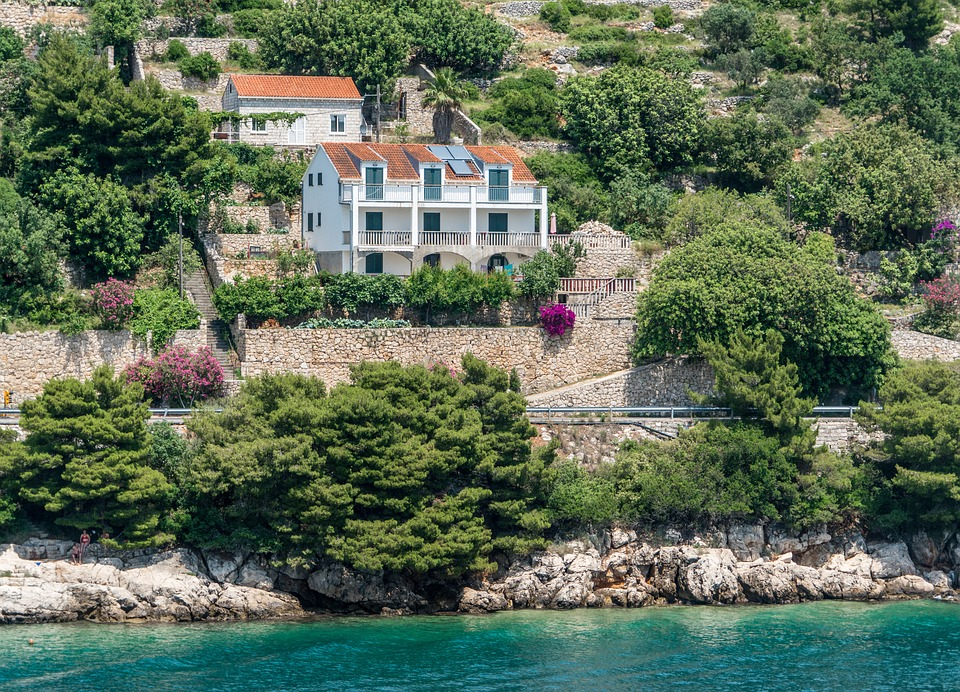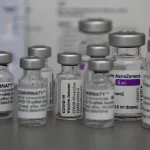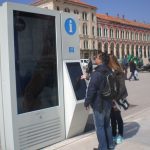As Poslovni Dnevnik/Ana Blaskovic writes, the announcement that the Croatian economy fell in the first quarter of 2021 by the least it has fallen since the beginning of the coronavirus crisis, more precisely by a mere 0.7%, was welcomed as an overture to recovery. In the turn towards the ”plus” analysts’ expectations of a significantly better performance remained firmly in the background. That means that the targeted 5.2 percent growth for 2021 (and all of the consequent revenue) will be a rather tight calculation that will focus not only on a good summer season but also peaceful autumn.
Most economists will say that it is difficult to forecast things for this year according to the first three quarters, even without the coronavirus pandemic, as Mystic Meg isn’t around to do that job. Of the six analysts spoken to by Hina, three expected growth in the range of 0.7 and 4%, two expected stagnation, and one expected a decline of 6 percent.
“It’s a bit hasty to come to conclusions based solely on the first quarter. Even with the data we have for the second, the picture is blurry because you have a base which is either too high or too low,” explained Zeljko Lovrincevic from the Institute of Economics, emphasising that in the first three months of 2020, there were no coronavirus issues to really speak of, and the other three were marked by lockdowns.
“In the first six months, Croatian GDP growth is likely to be 3 to 3.5% annually. At this point, it’s certain that the summer season could be good, and growth in the third quarter could reach 8-9%. With that being said, autumn remains uncertain and the last three months should have a similar dynamic to reach the planned 5.2% year-on-year. This will be possible only without an autumn wave of the virus and new restrictions,” believes Lovrincevic, who is worried about the speed of the vaccination rollout. In order to curb the epidemic (and save the tourist season), the government has announced that 50-55% (out of 3.36 million) adults in Croatia will be vaccinated by the end of June.
23 days are left until June comes to an end, and according to the CNIPH, by June the 3rd, 1.317 million Croatian residents (39.1%) had been vaccinated with one dose, and 537,965 of them had received both, accounting for only 16% of adults. While the mass vaccination programme finally became operational after an amateur and frankly embarrassing start, a sharp drop in people being interested enough to get themselves registered for it has been noticed, meaning that the possibility of vaccinated people without the need for registration or an invitation is now a real and very likely possibility.
“Macro figures for this year are open due to the pandemic, but thanks to the relatively strong recovery of tourism, growth should be good in the 3rd and 4th quarters. Our expectations are a 5% increase in Croatian GDP in 2021 and 5.5% in 2022,” says PBZ Croatia osiguranje macroeconomist Hrvoje Stojic, who forecasts a 4.5% budget deficit for 2021.
With a good tourist season, indicators for optimism are the growing share of exports of goods in Croatian GDP growth, stronger growth in investment and construction activities, European Union (EU) money and good indicators of personal consumption.
“If tourism surprises us and rises above our expectations, the forecasts could be adjusted upwards, so it makes more sense to talk about the direction in which the economy is moving than about the final speed of recovery, which can still vary,” explained Stojic. RBA chief economist Zrinka Zivkovic Matijevic also points out that autumn is uncertain.
“There’s a question of new strains, vaccinations, the duration of immunity… But I believe that, even if unfavourable scenarios come to be, Croatia will respond as before, with relatively mild measures and wouldn’t just close shopping centres,” she said, explaining this in terms of consumption and indirect taxes.
“It’s not too easy to forecast, but we assume that the normalisation of movement will continue. That’s why we remain with the forecast of 5.1% growth in 2021,” she says.
The combination of the lower vaccination coverage of the population and the influx of millions of foreign tourists from countries with a diverse epidemiological picture, not to mention the confirmation of the Indian variant of coronavirus in Croatia, is understandably worrying.
Although Croatia is entering the summer with the first rebalance this year, the Minister of Finance announced the autumn reshuffling, counting on a clearer post-season picture.
With Croatian GDP projected, Zdravko Maric has a current target of 17.1 billion kuna (4.3% of Croatian GDP) of the central government deficit and 3.8% of the general government deficit.
This is a fragile balance on which a lot depends: the room for maneuver for measures to help the economy, the nation’s credit rating, the implementation of the euro, all the way to the payment of salaries and pensions.
For more, follow our lifestyle section.











